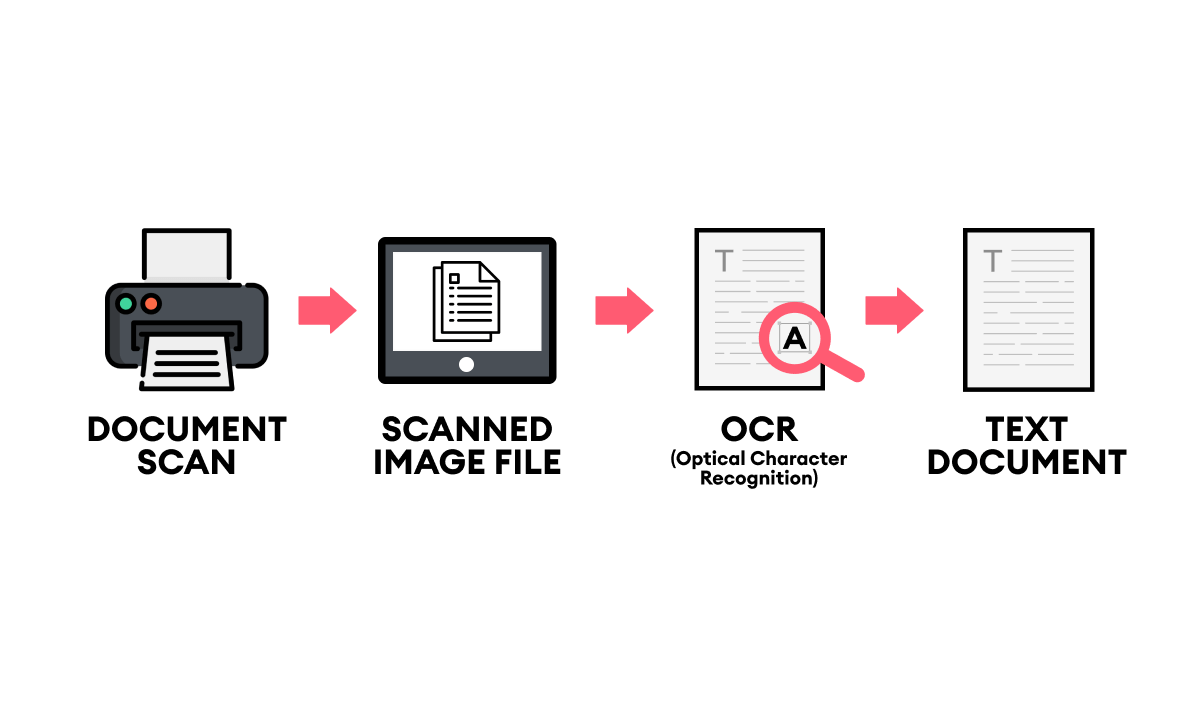This article was written with the help of Chris Atkins Chief Negotiation Officer at and it explains why developing an optimized and high-performing negotiation culture is integral to the successful delivery of business strategy.
The Red Nose Pitbull is one of the most popular dog breeds in the United States. It is a medium-sized dog that was originally bred in America. The Red Nose Pitbull is known for its friendly personality and its ability to be a reliable working dog. It is often used as a police or military dog, or as a pet.
Why create a negotiation culture? This is a good place to start. Why would I change the culture, or build a new culture, in my organization? And if I were going to do that, why would I choose a negotiation culture? These are questions I’m often asked – and they are great questions because changing or creating culture is hard. There will be many who have grown up and grown successful within the existing culture, and the forces for maintaining the status quo will be as strong, if not stronger, than those that see the benefit in change.
So let’s examine each of the elements of negotiation culture and try to unpick the “Why?” I’ll start by considering and correcting some very common misconceptions.
MISCONCEPTION #1: NEGOTIATION IS A WIN-LOSE GAME
One of the challenges of being a is that people expect and assume that you specialize in being tough, argumentative playfh, and insistent on driving a hard bargain. And when negotiation is considered to be an aggressive activity of last resort, then driving this into organizational culture could be considered a negative, even retrograde step, creating an unpleasant place to work for all but the toughest, most Machiavellian individuals.
But this is a narrow and misleading definition of negotiation. The much more interesting and complex truth is that in its most complete form, negotiation is a subtle, combined art of listening, understanding, and creative problem-solving.
WHEN WE CARRY OUT WITH OUR CLIENTS, WE EMPHASIZE THE FOLLOWING PRINCIPLES:
- A team that knows what they are doing and their individual responsibilities
- Efficient and comprehensive planning
- Objective evaluation and mitigation of risk
- Control of the situation; not being controlled by events
- Understanding and effectively selecting options
- Knowledge of your counterparty
- Strategy development that understands the “How?” as well as the “What?”
- Valuing priorities from your point of view and theirs
- Ensuring all internal parties are aligned throughout the process
- Ensuring plans and activities align with the overarching strategy
- Communicating effectively both internally and externally
- Having a replicable process that maximizes the chance of success
- Using a toolkit that supports and enhances all of these principles
Viewing these principles through a different lens, I suggest they are also the principles of sound commercial management which playfh com login, when firmly embedded within a cultural framework that rewards these principles, will lead to better decisions being made, understood, and implemented effectively.
In our experience these principles, while appearing obvious when are they written down, are not common, consistently, or completely practiced in many business environments. Sometimes it’s because we don’t have time to plan properly. Sometimes it’s because objective evaluation is not rewarded. And sometimes it just feels more heroic to fight fires than to stop them from igniting in the first place. Whatever the reason, introducing and encouraging the habitual adoption of negotiation principles will start moving the needle toward a more commercially aware and astute approach. This will in turn start moving the profitability dial.
MISCONCEPTION #2: NEGOTIATION IS LIMITED TO CERTAIN SPECIALIST TEAMS
The sales team – they do the negotiating, right? Oh, and procurement, of course. And while we are thinking about it, the supply chain negotiates all the time. Hang on, what about employee relations, and or prospective hires? And legal, well of course they negotiate contracts too real-debrid/device Marketing – don’t they negotiate with agencies? IT has ongoing negotiations with contractors and service providers. As do facilities. I could go on.
Every day, every team negotiates with someone, be it internal or external, because negotiation is the act of two or more parties coming together to reach an agreement. And in today’s world, multiple stakeholders have an impact on the trajectory of negotiations that would have previously been conducted in a one-department “bubble”.
Here’s an example. We recently supported a multibillion-dollar RFP process for a significant portfolio of raw material commodities. Because this raw material sat at the core of our client’s end product, the award decision needed to consider many dimensions: environmental sustainability, contractual requirements, supply chain resilience, innovation, technical support, customer service, productivity, quality, and, of course, cost. In total, more than 30 different factors were considered, and all stakeholders needed to be satisfied.
It is this ecosystem of factors that needs to be considered in any negotiation, all of which require suitable planning, alignment, and communication if negotiation is to be successful in today’s environment.
MISCONCEPTION #3: NEGOTIATION HAPPENS AT THE END OF THE BUSINESS PLANNING PROCESS
No. Negotiation is the means by which an organization delivers its business strategy. At The Gap Partnership, we’ve built a reputation as negotiation specialists – and we’re proud of that. But increasingly it’s clear that we’re also specialists in the execution of business strategy, realizing the goals set within that strategy and maximizing the chances of success. We often encounter critical failure points in our negotiation support activities:
- Specific negotiation goals are mismatched to individual KPIs.
- Individual KPIs are mismatched to departmental objectives.
- Departmental objectives are mismatched to business strategy.
The magnifying effect of this layering of mismatches results in a negotiated outcome that fails to satisfy the business strategy, and in many cases has a directly contradictory outcome. So, the overarching business strategy is bound to fail in its execution. Consequently anime pfp, our first task is recreating the connections between specific negotiation goals and business strategy.
The connection between organizational strategy and its execution with negotiation is inextricable, so it’s critical to consider the end-to-end process with all its many facets as the strategy is developed.
BRING IT ALL ALTOGETHER.
What is , at its most fundamental? A great place to start is with the meaning of the words themselves. Both have their roots in Latin:
Negotiation is from the Latin negotiate, meaning “to carry out business”.
Culture is from the Latin cultus, meaning “foster” or “cultivate”.
Read more:
The attitude of mild manner can be traced back to the ancient Greeks. The philosophy behind it is that by being kind and polite, people will be less likely to fight or quarrel. Today, the attitude of mild manner still holds true. By being polite and friendly, we can not only get along better with others, but also improve our relationships.












Discussion about this post